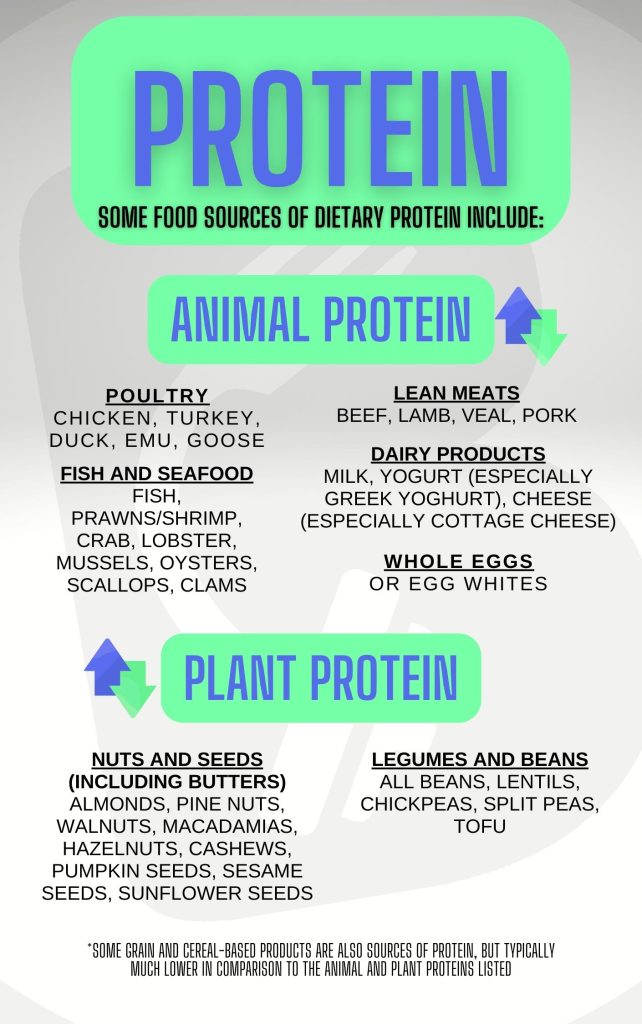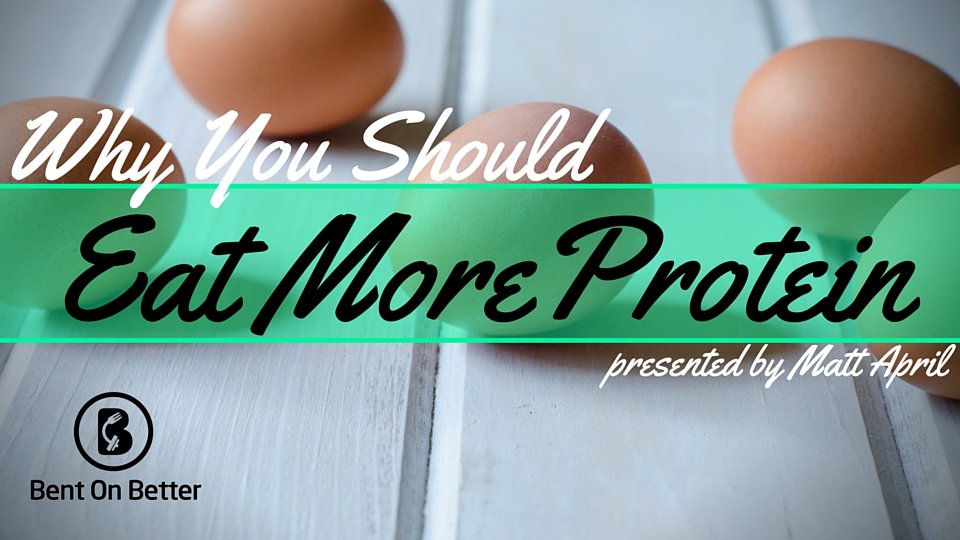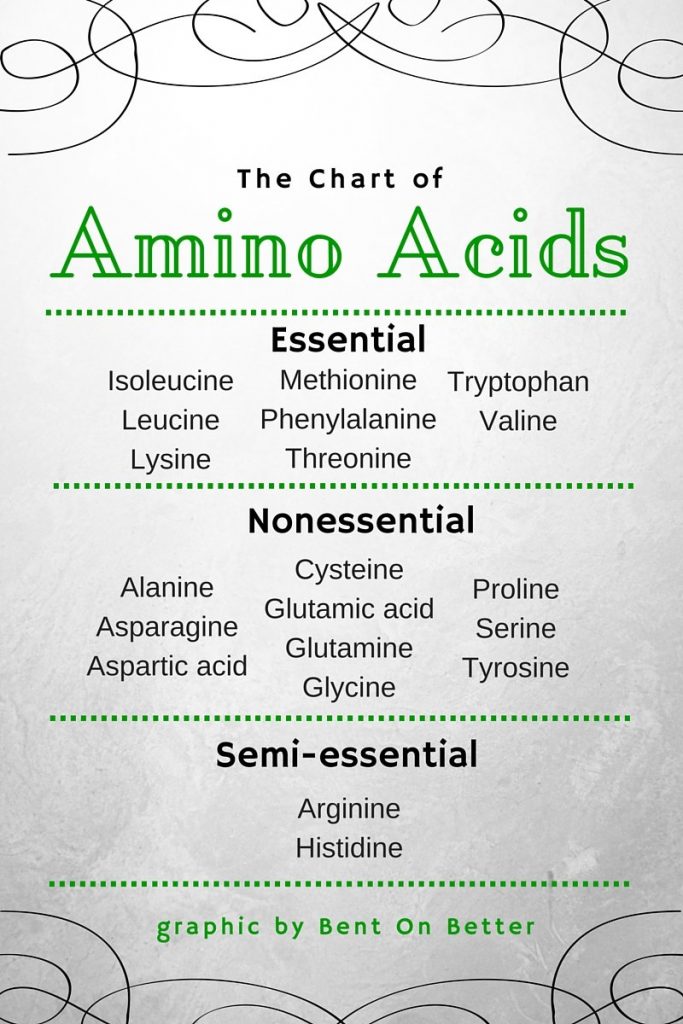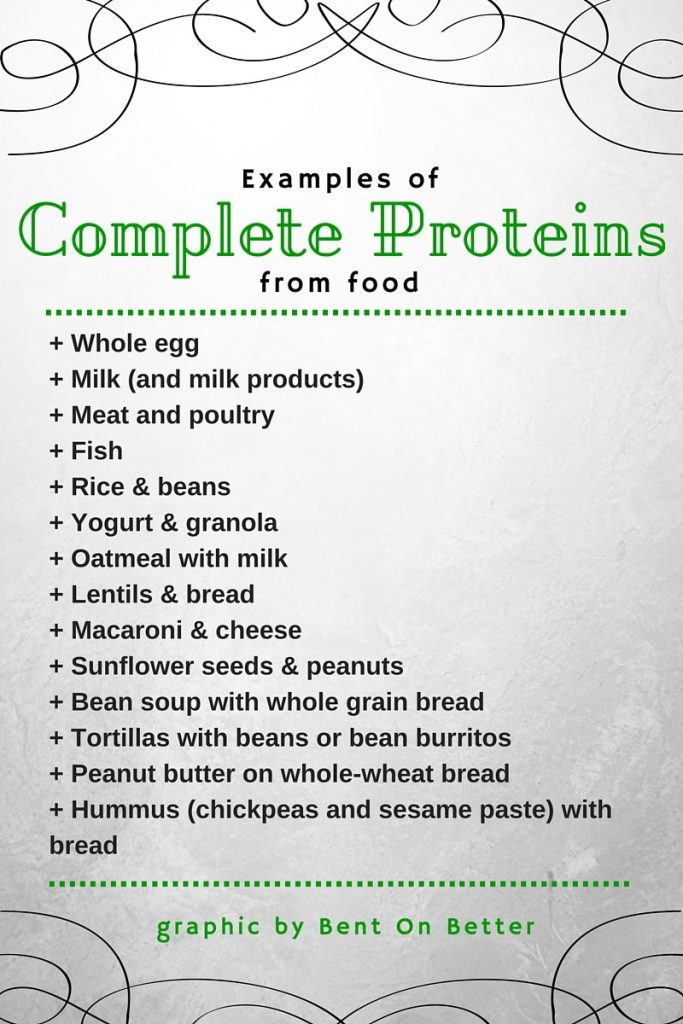Why You Should Eat More Protein
The Benefits of Eating Protein:
-Aids in weight loss
-Keeps your full, longer
-Helps build lean muscle
-Gives your body the building blocks for life
Why You Should Eat More Protein…
Today I want to talk about the power of protein and why you should eat more protein. Before I begin, if you’re not already signed up for my Bent On Better newsletter, make sure you subscribe so you can not only receive exclusive updates but so you can email me with your questions and concerns. Ok, now that that is out of the way, back to the protein. One of the most common questions I see in my email inbox is, “Matt, how much protein should I consume?” often followed by something like, “should I drink protein shakes?” Well, my protein pondering friends, this post and podcast is all for you!
Before I answer those specific questions, let’s define protein.
A protein is a group of amino acids linked together by peptide bonds. One gram of protein yields 4 calories.
If you recall back in high school chemistry class, a peptide bond is “a covalent bond formed by joining the carboxyl group of one amino acid to the amino group of another, with the removal of a molecule of water1.” Now what about amino acids?? The body uses about 20 different amino acids to make many different proteins to be used for the body. That’s right, our bodies make different proteins for different uses (from muscle protein like actin, to the proteins that make up our hair and finger nails, to the proteins that make up the lens of the eye). Below you will find a list that displays the 20 different amino acids our bodies use to make proteins, broken down into three groupings: essential, nonessential, and semi-essential. Don’t get me wrong, our bodies require all 20 amino acids for life, but the main difference between essential and nonessential is that the essential amino acids cannot be manufactured by the body (or they are only manufactured in insufficient amounts)2.
The Benefits of Consuming Protein
Protein must be broken down into amino acids before the body can use it for anything. The uses of protein vary and solely depend on what your body needs at that exact time; protein for tissue repair/replacement, for new tissue, or for immediate energy or potential energy (fat)3.
There are a few factors affecting protein requirements for us. These factors range from daily exercise and physical activity, daily caloric consumption, body-composition goals, and sports-performance goals.
What if your goal is fat loss? Guess what?! Protein can help with that! Why? Protein’s effect on satiety (the feeling of fullness) is an important consideration if weight loss or fat loss is a goal for you. In studies of rats and humans, a preload of protein suppressed their food intake for several hours and to a greater extent that an energy load of fat and carbohydrates(4-8). My tip for you is to eat more protein. When you make a plate for yourself, eat your protein FIRST, before you eat your fats and carbohydrates. By the time you finish your protein, you may not even want to eat the rest of your dish! Just make sure you load that plate up with healthy, fibrous greens as well, since protein will need some help moving through that digestive track of yours.
In addition to lots of fibrous greens, there is a greater need for water and hydrating fluids when consuming more protein. If you’re not already convinced on how important proper hydration is for healthy living, make sure you read my blog post about The Importance of Water. Protein requires seven times the water for metabolism than carbohydrates and fats9.
Sources of Protein
The major sources of protein are animal sources, dairy, and other meats. Sources of incomplete proteins include grains, legumes, nuts, seeds, and other vegetables. But what is a complete protein? A complete protein is defined as a food or a combination of foods that has all of the essential amino acids in the appropriate ratios.
Protein-Intake Recommendations
So how much protein should you be eating? Well, that will all depend on your lifestyle and fitness goals. The basic Recommended Daily Allowance for protein is 10-35% of your total caloric intake.
While the Recommended Daily Allowance (RDA) for protein is 0.8 g/kg per day (about .4 g/lb), there are three main categories you can use to figure out how much protein you should be eating.
For adults who have a rather sedentary daily activity level (less than 25 minutes of activity a day), you should consume 0.8 grams of protein per body weight (kg) a day which is 0.4 grams per pound a day.
For adults who are strength athletes, you should consume 1.2-1.7 grams of protein per body weight (kg) a day which is 0.5-0.8 grams per pound a day.
For adults who are endurance athletes, you should consume 1.2-1.4 grams of protein per body weight (kg) a day which is 0.5-0.6 grams per pound a day.
Individuals who eat lower than the RDA may consider supplementation to meet protein needs. One of the few supplements that make it to my limited supplement list is Vega Protein and Greens. There are tons and tons of protein supplements on the market, which one is best for you? For me, I love a protein like Vega Protein & Greens because it is made with non GMO whole foods, there are no added sugars, it’s gluten-free, 20 grams of protein in a serving, 110 calories per serving, it contains no soy, and there are no artificial flavors, colors, or sweeteners. This protein is also vegan (which I am not, but for my friends and readers out there who are, this is ideal).
Easy Ways to Add More Protein to Your Diet
– Chop up a hard boiled egg or two and toss it over your salad
-Pour in a serving of pasteurized egg whites when you make scrambled eggs
-Stir in a serving of pasteurized egg whites into your morning oats (or whenever you eat your oatmeal)
-Add beans (black, pinto, kidney, etc.) to your rice dish to go along with your choice of veggies and your meat
-Choose Greek yogurt over regular yogurt
-Change up your meat choices: Fish and shrimp are great sources of lean protein, and turkey breast and pork loin are great alternatives to chicken breast!
-Add some unsweetened soy milk to your morning smoothie
-Toss some Parmesan cheese on your dish (salad, eggs, chicken, tofu, broccoli, peas, etc.)
Not into cheese or lactose intolerant? Try some nutritional yeast! With 80 calories per serving, 1 gram of fat, 14 grams of carbohydrates (5g of which are dietary fiber), and a solid 9 grams of protein!
Use this link to purchase some nutritional yeast.
Chronic High-Protein Intake Alert
The long-term consumption of high-protein diets (consuming greater than 3x the Recommended Daily Allowance) can lead to:
-Higher intake of saturated fat
-Lower fiber intake
-Increased urea production
-Decreased glycogen stores
-Possible dehydration
You’re a smart cookie, and I know you will stay on top of these things. But I have to remind you that these tips are provided for your information and are not intended as medical advice. Please work with your health care professional to determine what’s right for you. Just remember, eating right starts with you.

Thanks for joining me again this week, I’m glad you decided to come back. If you’re new to the blog, welcome! Visit my Start Here page to get the low down on this whole Bent On Better thing.
If you have any questions you’d like addressed personally, feel free to email me at Matt@BentOnBetter.com.
Lastly, don’t forget to subscribe to the show on iTunes to get automatic updates, available for both iOS and Android on Stitcher!
Much of this post has been derived from the information found in NASM Essentials of Personal Fitness Training.
1. Dictionary.com. Dictionary.com, n.d. Web. 29 Sept. 2015.
2. Clark, Micheal, Scott Lucett, and Rodney J. Corn. “Chapter 17/ Section 3.” NASM Essentials of Personal Fitness Training. Philadelphia: Wolters Kluwer Health/Lippincott Williams & Wilkins, 2008. 468-69. Print.
3. Clark, Micheal, Scott Lucett, and Rodney J. Corn. “Chapter 17/ Section 3.” NASM Essentials of Personal Fitness Training. Philadelphia: Wolters Kluwer Health/Lippincott Williams & Wilkins, 2008. 470. Print.
4. Gellebter AA. Effects of equicaloric loads of protein, fat and carbohydrate on food intake in the rat and man. Physiol Behav. 1979;22:267-273.
5. Van Zeggeren A, Li ET. Food intake and choice in lean and obese. Tucker rats after intragastric carbohydrate preloads. J Nutr. 1990;120(3):309-316.
6. Li ET. Anderson GH. Meal composition influences subsequent food selection in the young rat. Physiol Behav. 1982;29(5):779-783.
7. Booth DA, Chase A, Campbell AT. Relative effectiveness of protein in the late stages of appetite suppression in man. Physiol Behav. 1970;5(11):1299-1302.
8. Barkeling B, Rössner S, Björvell H. Effects of a high protein meal (meat) and a high carbohydrate mean (vegetarian) on satiety measured by automated computerized monitoring of subsequent food intake, motivation to eat and food preferences. Int J Obes. 1990;14(9):743-751.
9. Smolin LA, Grosvenor MB. Nutrition Science and Applications. Orlando, FL: Saunders College Publishing; 1994.



